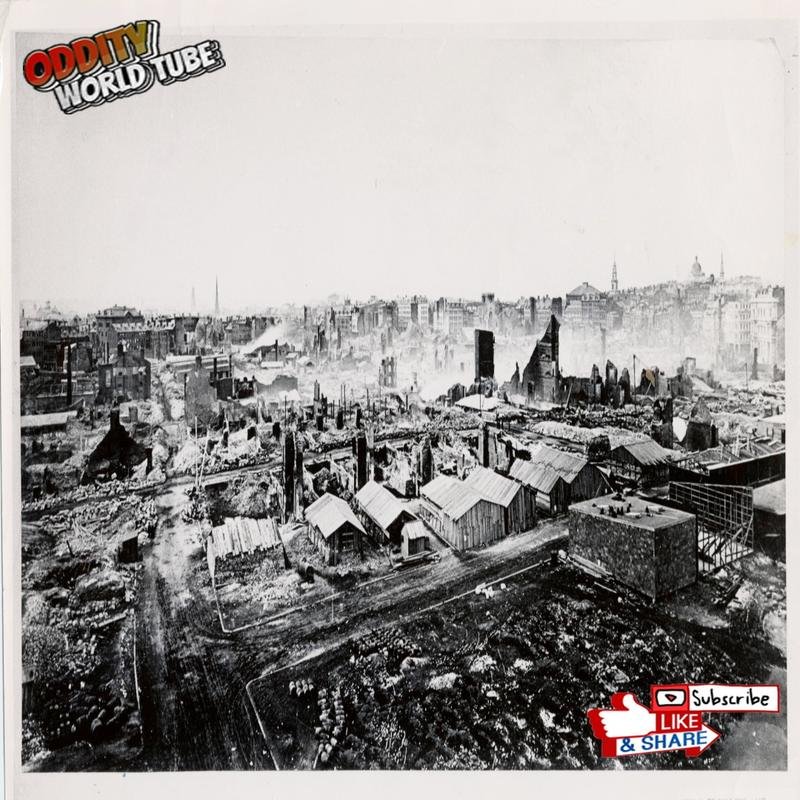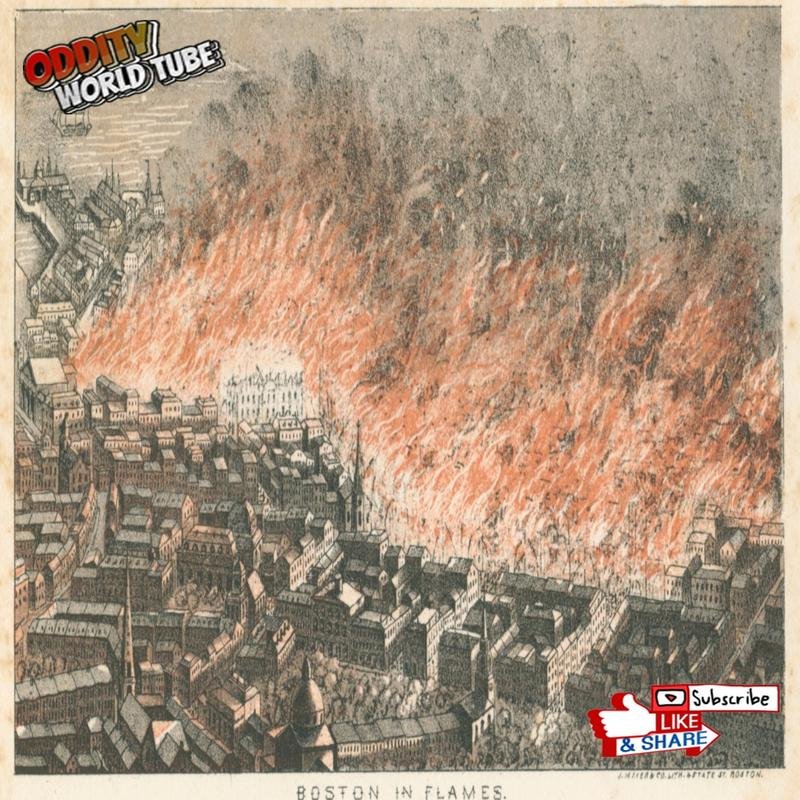The Great Boston Fire: Uncovering the Secrets of a Historic Disaster

Great Boston Fire of 1872: Causes & Impact
The Great Boston Fire of 1872, a devastating event that began on November 9th, left an indelible mark on the city’s history.
The Devastation
Fueled by high winds and the city’s largely wooden construction, the blaze rapidly consumed approximately 65 acres of the commercial district. Over 770 buildings were completely destroyed, resulting in an estimated financial loss of $73 million in contemporary currency. The scale of destruction was immense, leaving a lasting scar on the city’s landscape and its inhabitants.
Causes and Contributing Factors
While the exact cause remains debated, several factors contributed to the fire’s rapid spread. The prevalent use of wood in construction, coupled with narrow streets and strong winds, created ideal conditions for a catastrophic fire. The lack of adequate fire suppression infrastructure at the time also played a significant role.
Impact and Lasting Reforms
The Great Boston Fire served as a stark reminder of the urgent need for improved fire safety measures. This catastrophic event prompted significant reforms, including the implementation of stricter building codes, enhanced fire safety standards, and the expansion and modernization of the city’s fire suppression infrastructure. These changes significantly improved the city’s resilience to future fires.


Conclusion
The Great Boston Fire of 1872 stands as a poignant reminder of the devastating consequences of inadequate fire safety measures. The tragedy, however, spurred significant advancements in building codes and fire prevention, shaping the city’s development and leaving a lasting legacy on urban planning and fire safety practices worldwide.





